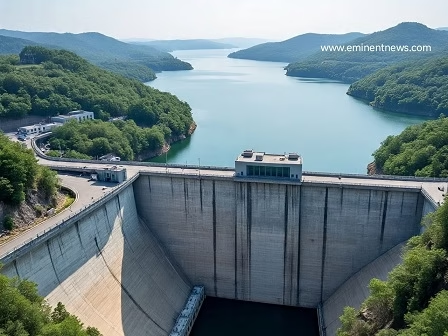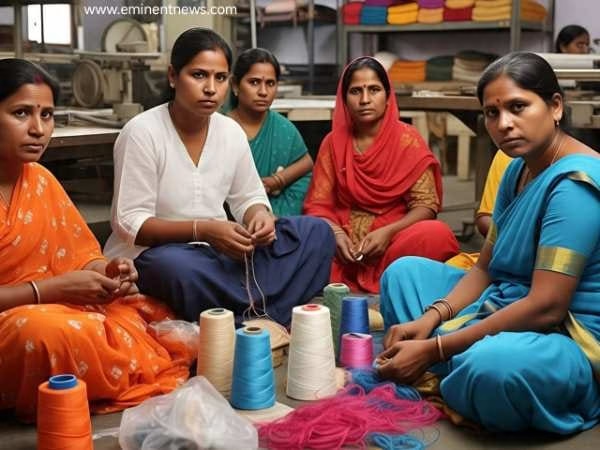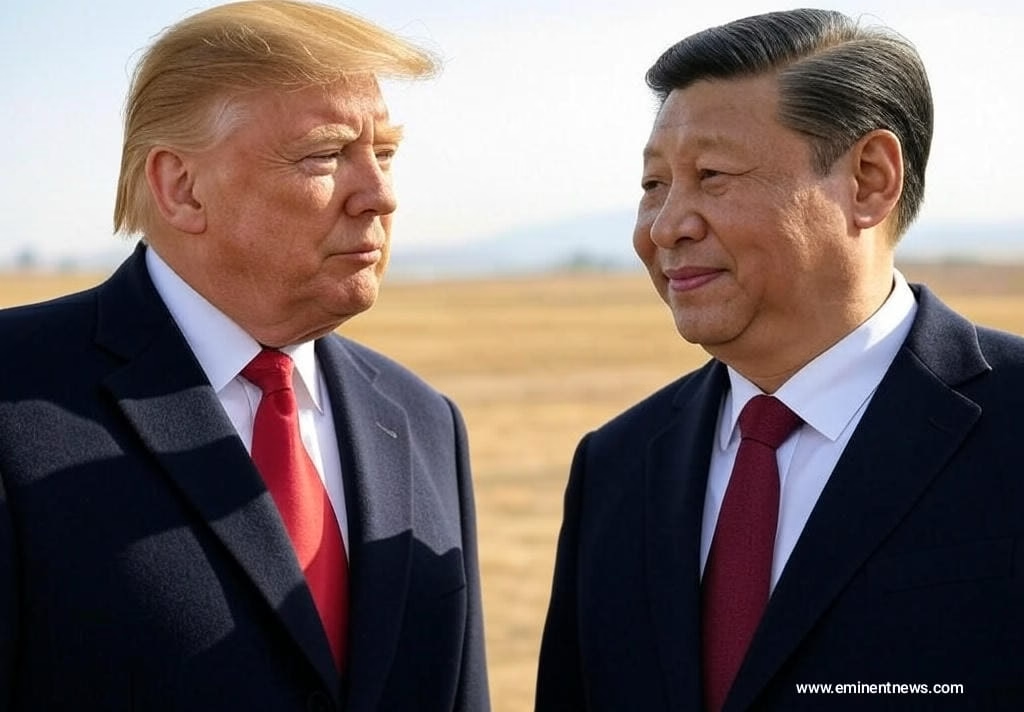India’s Wholesale Price Index (WPI) and inflation rates have shown the following trends in 2025:
- March 2025: The annual rate of inflation based on the WPI was 2.86% .
- April 2025: The WPI inflation rate was 2.05% .
- March 2025: The Producer Price Index (PPI) for final demand increased 2.7 percent for the 12 months ended in March .
Wholesale Price Index (WPI):
The WPI measures inflation in goods at the wholesale level, encompassing 697 commodities .
Key points:
- The index for Processed goods was unchanged, prices for unprocessed goods fell 4.1 percent, and the index for services declined 0.1 percent .
- Prices for final demand goods moved down 0.9 percent in March .
- Prices for final demand services fell 0.2 percent in March .
Summary Table of India’s WPI Inflation Rates in Early 2025:
| Month | WPI Inflation Rate |
|---|---|
| March | 2.86% |
| April | 2.05% |
Note: The figures provided are subject to revisions based on late reports and corrections . The next release for April 2025 data is scheduled for May 14, 2025 .
factors influence WPI :
Several factors influence wholesale inflation in India, including global economic conditions, government policies, and domestic market dynamics.
1. Global Economic Factors:
- Global Trade Disruptions: Policy changes and trade regulations in industrialized nations can alter supply chains, potentially affecting global trade dynamics and reducing demand for Indian exports .
- Geopolitical Uncertainties: Disruptions in global supply chains, such as those in the Red Sea region, can weigh on exports . Intensifying geopolitical uncertainties can affect demand for exports .
2. Domestic Economic Factors:
- Agricultural Output: Strong agricultural output can improve the food supply chain and help manage inflation .
- Government Spending: Increased government spending, particularly on infrastructure projects, can boost demand and crowd in private investments .
- Monetary Policy: The Reserve Bank of India’s (RBI) monetary policy, including maintaining policy rates, influences inflation. Rising core inflation can also potentially spiral up inflationary expectations and dampen consumer spending .
- Fiscal Deficit: Government efforts toward expense consolidation, supported by buoyant revenues, can impact inflation .
- Exchange Rate: Fluctuations in the Indian rupee can cause volatility, although the RBI remains vigilant against these fluctuations .
- Industrial Production: Slowing industrial production across sectors like mining and electricity can affect overall economic activity and inflation .
- Imports: Higher imports of goods such as plastics, organic chemicals, iron and steel products, machinery, and electronic components can pose a threat amid restrictive trade regulations in industrialized nations .
3. Commodity Prices:
- Energy Prices: Energy prices, particularly crude oil prices, significantly impact inflation. Stable crude oil prices, balanced by demand from emerging nations and supply from the United States, can help keep inflation in check .
- Steel Prices: Rise in steel prices can contribute to wholesale inflation .
4. External Financial Factors:
- Foreign Institutional Investor (FII) Flows: While the Indian capital market has become less sensitive to FII volatility due to increased participation by domestic institutional investors (DIIs), significant outflows can still impact the market .
- Exchange Rate: The exchange rate between the Indian rupee and other currencies can impact the cost of imported goods, thereby affecting wholesale prices .
5. Other relevant factors:
- Trade Services: Margins for trade services influence intermediate demand price indexes .
- Transportation and Warehousing: Prices for transportation and warehousing services affect final demand .
Summary: A combination of global economic factors, domestic policies, commodity prices, and financial market dynamics collectively influence wholesale inflation in India..

























